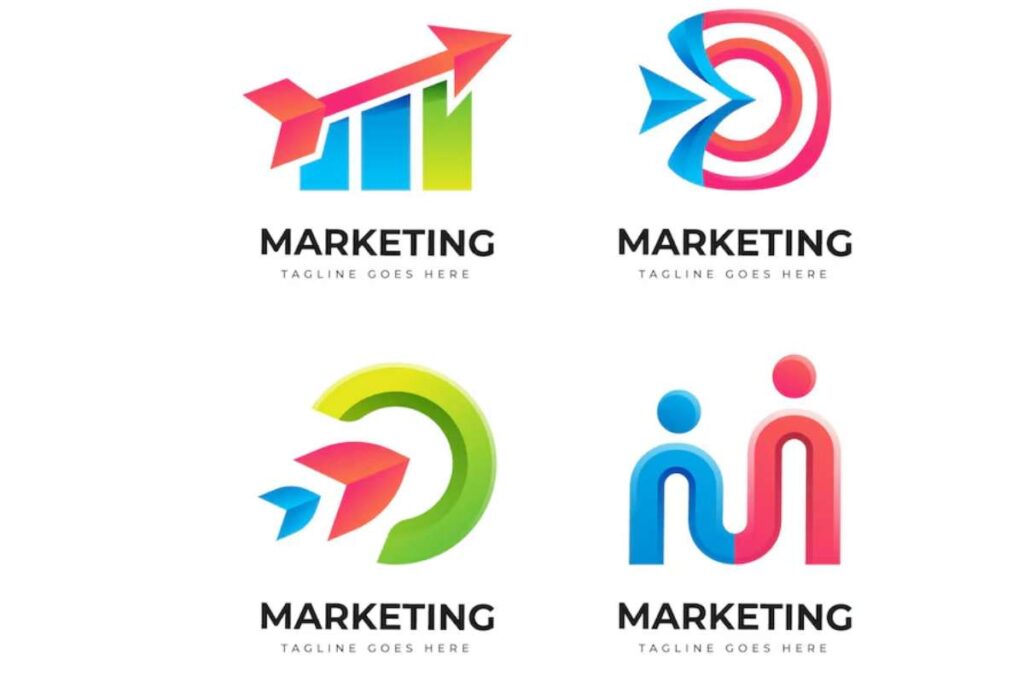Introduction
Initial Coin Offerings (ICOs) have become a popular method for blockchain startups to raise capital by issuing digital tokens. However, the success of an ICO heavily relies on effective marketing strategies to attract investors and build trust. This article explores the key components of ICO marketing, offering insights into creating a compelling campaign.
Understanding the ICO Landscape
What is an ICO?
An ICO is a fundraising mechanism where a company issues its own cryptocurrency or token to investors in exchange for established cryptocurrencies like Bitcoin or Ethereum. It’s a high-risk, high-reward approach that requires transparency and strategic communication.
Launching an Initial Coin Offering (ICO) is no small feat. In a landscape filled with promising blockchain projects and tech innovations, your ICO needs more than just a great idea to succeed; it requires a strategic marketing plan that builds credibility, attracts investors, and fosters long-term community engagement.
The Importance of Marketing in ICOs
Marketing differentiates a project in a crowded market. With thousands of ICOs launched annually, a well-executed marketing plan builds credibility, engages potential investors, and ensures regulatory compliance.
Key Components of ICO Marketing
1. Building a Strong Brand Identity
A clear brand identity establishes trust. Create a professional website, a detailed whitepaper, and a consistent visual style. Ensure the whitepaper outlines the project’s goals, technology, token utility, and team credentials.
2. Community Engagement
Building a loyal community is critical. Leverage platforms like Telegram, Discord, and Reddit to foster discussions. Regular updates, AMAs (Ask Me Anything), and transparent communication keep the community engaged and informed.
3. Social Media and Content Marketing
Social media platforms like Twitter, LinkedIn, and Medium are powerful tools for ICO promotion. Share educational content, project updates, and thought leadership articles. Use targeted ads to reach crypto enthusiasts and investors.
4. Influencer and PR Campaigns
Partner with crypto influencers and bloggers to amplify your reach. Press releases on reputable platforms like CoinDesk or CoinTelegraph can enhance visibility. Ensure influencers align with your project’s values to maintain authenticity.
5. Bounty Programs
Bounty programs incentivize community members to promote the ICO through social media, content creation, or bug reporting. Offer token rewards to encourage participation and build grassroots support.
Regulatory Compliance and Transparency
Navigating Legal Requirements
ICOs face scrutiny from regulators worldwide. Consult legal experts to ensure compliance with securities laws in target markets. Clearly communicate risks to investors to maintain transparency.
Building Trust
Transparency is key to gaining investor confidence. Publish team details, project milestones, and financial plans. Third-party audits of smart contracts can further assure investors of the project’s legitimacy.
Measuring Success
Key Performance Indicators (KPIs)
Track metrics like website traffic, social media engagement, community growth, and funds raised. Use analytics tools to assess campaign performance and adjust strategies accordingly.
Post-ICO Engagement
Marketing doesn’t end with the ICO. Continue engaging with token holders through updates, partnerships, and development milestones to maintain trust and support long-term project success.
Conclusion
ICO marketing requires a blend of strategic branding, community building, and regulatory compliance. By leveraging digital platforms, fostering transparency, and engaging with the crypto community, projects can maximize their chances of success. A well-planned marketing campaign not only raises funds but also builds a foundation for long-term growth in the blockchain ecosystem.
Also read: https://www.marketing2business.com/important-to-businesses-in-recent-years/

